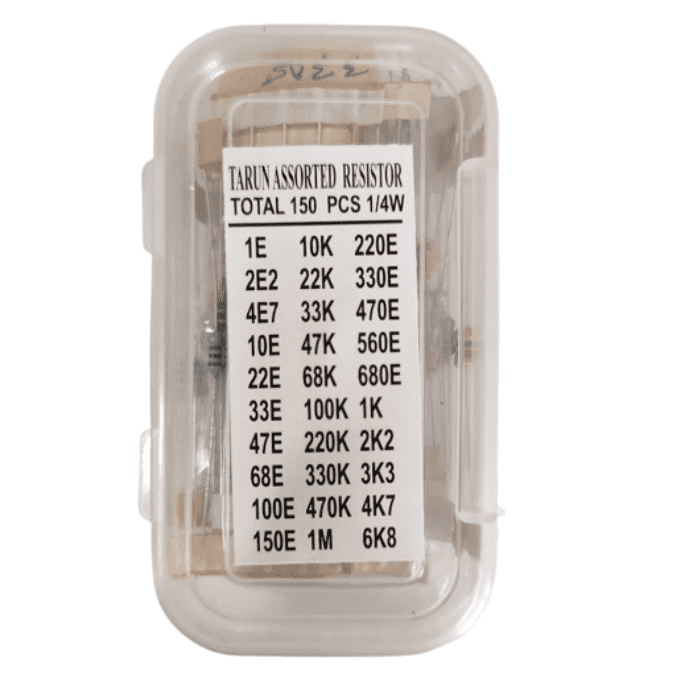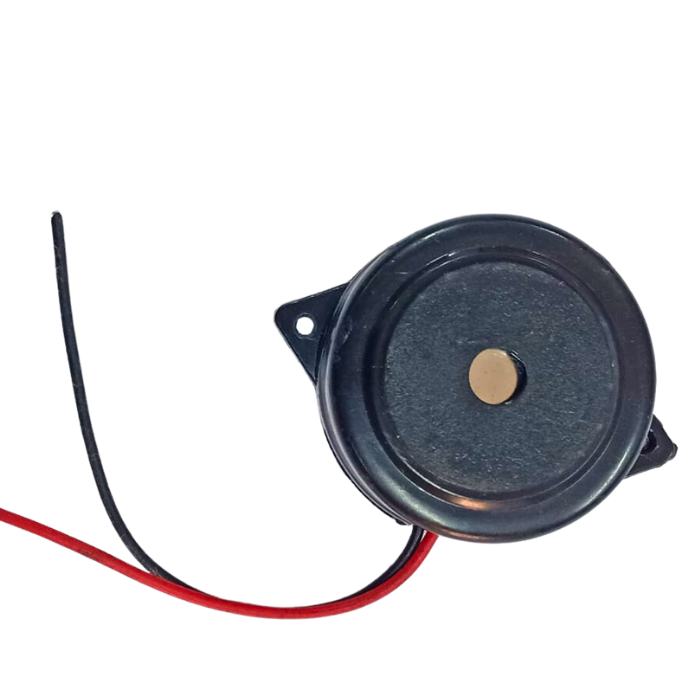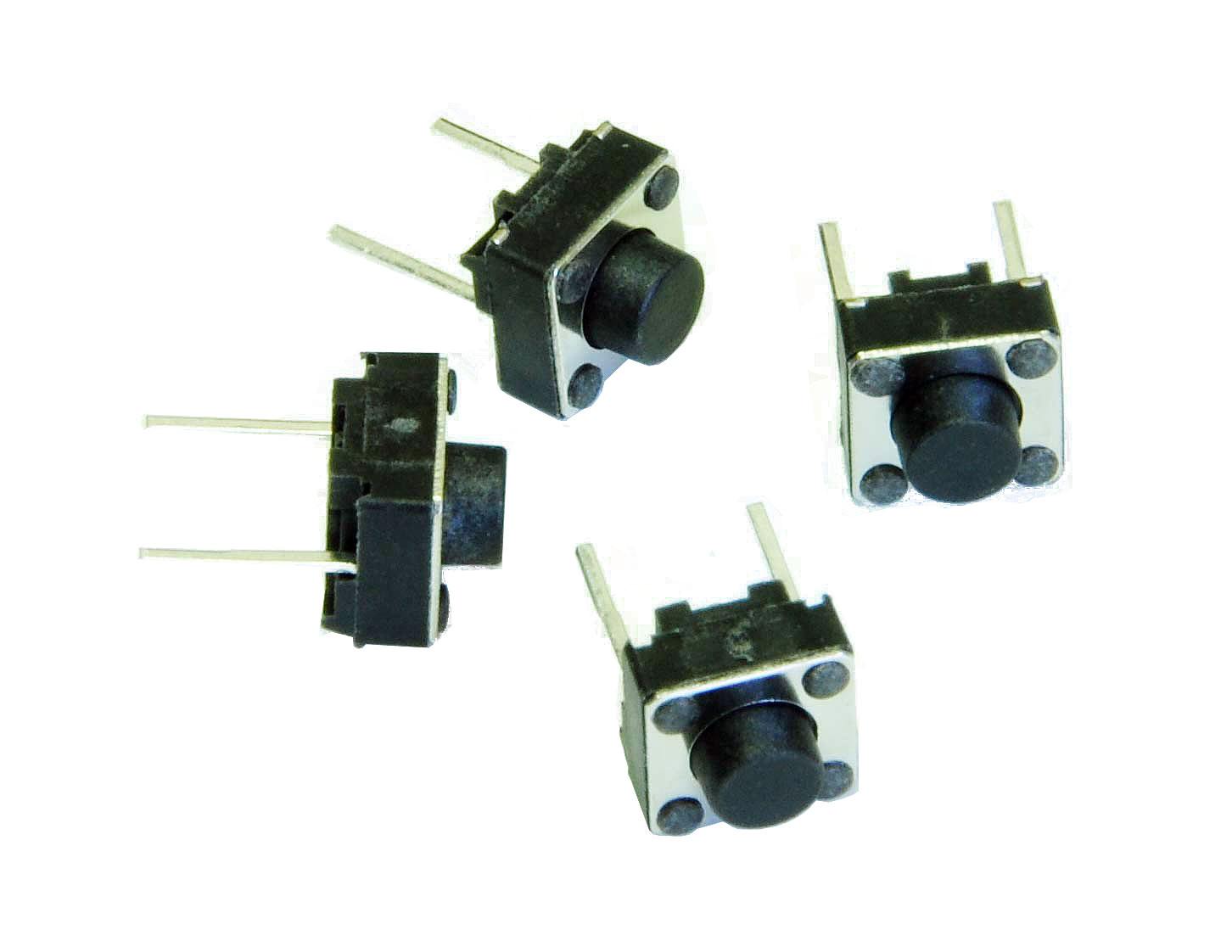Introduction
The endless march of technological progress has brought numerous advances that make modern life more convenient, efficient, and enjoyable. However, the electronic components that power our devices come at an environmental cost that cannot be ignored. From smartphones and laptops to TVs and kitchen appliances, electronics are ubiquitous in the modern world. But what happens when these devices reach the end of their functional lives? All too often, electronic waste ends up in landfills where hazardous materials can leach into soil and water. It is imperative that we explore solutions to manage the lifecycle of electronic components in an eco-friendly manner.
Understanding the environmental impacts of electronic components enables more informed consumer choices and encourages manufacturers to adopt sustainable practices. By shedding light on this pressing but overlooked issue, we can work together to build a cleaner, greener future powered by tech. The following article will delve into the environmental downsides of electronics, discuss recycling initiatives and eco-conscious design improvements, and highlight the path toward sustainable electronics manufacturing. Incremental steps by individuals, companies, and governments can accumulate into real progress for the planet.

The Problem with Electronic Waste
Electronic waste, or e-waste, refers to discarded electrical or electronic devices like computers, mobile phones, televisions, and refrigerators. With rapidly advancing technology and affordable prices, electronics purchase cycles have shortened. It is estimated that only 15-20% of e-waste gets recycled, which means around 40-50 million tons end up in landfills or are incinerated each year worldwide. These staggering figures will likely keep rising as developing countries gain greater access to electronic goods.
When e-waste accumulates rather than being properly disposed of and recycled, hazardous chemicals like lead, mercury, and flame retardants can pollute the surrounding environment. Long-term exposure to such toxins negatively impacts human health and wildlife. Water, air, and soil contamination are key concerns when e-waste lingers untreated in landfills. The toxic materials found in electronics can leach into groundwater, be absorbed by plants, or be inhaled as fine particulates.
For example, circuit boards contain heavy metals like lead that can impair brain development in children. Plastics used in electronics often contain brominated flame retardants that may disrupt endocrine and reproductive systems after bioaccumulating up the food chain. Situations like this demonstrate why e-waste deserves so much attention if we want to protect ecological and public health.

Furthermore, the improper recycling techniques used in some developing nations introduce workplace hazards like toxic fume inhalation and direct chemical contact. More responsible e-waste management is crucial for protecting the planet across local and global scales. While the general public may not realize the extent of this fast-growing waste crisis, electronics manufacturers and policymakers must take the lead in implementing impactful changes.
There are opportunities for consumers to make responsible choices as well. Seeking out greener products, keeping devices in use longer through repairs, and ensuring proper e-waste recycling helps interrupt the unhealthy linear economy of extract materials, produce electronics, generate e-waste, repeat. A more circular economic approach can close these loops through conscientious consumption and waste diversion.
Recycling Options for Electronic Components
Recycling e-waste should be the norm rather than the exception. When disposed electronics can be successfully recycled, it reduces the environmental impact by lowering the energy expenditure and raw materials needed to create brand new components. Refurbishing and repurposing existing electronics is one eco-friendly approach being adopted by some major companies like Dell. Minor repairs and replacement of dated components extends a device’s working life rather than sending it straight to the shredder.
Breaking down e-waste through responsible recycling makes it possible to recover useful raw materials like various metals, plastics, and glass that can serve as manufacturing feedstock. Apple has developed advanced robots to quickly disassemble iPhone components to be recycled. Recovering even small amounts of precious metals like gold, silver, and copper from circuit boards can offset the costs of responsible recycling programs.

Organizations like the Electronic Recyclers International (ERI) offer secure, certified e-waste recycling and data destruction services to help businesses and consumers properly dispose of end-of-life electronics. They safely process over a billion pounds of e-waste annually by dismantling devices, sorting materials, and extracting commodities. Such specialized companies are critical for scaling up recycling rates regionally and worldwide.
It takes collective momentum from corporations, governments, and the public to continue improving e-waste recycling globally. More initiatives like extended producer responsibility and e-waste take-back programs are critical to drive progress. For instance, the European Union’s Waste Electrical and Electronic Equipment (WEEE) Directive makes electronics producers responsible for financing collection and recycling systems. In the U.S., 25 states have e-waste recycling laws, with California’s SB-50 being one of the most ambitious.
While the patchwork of policies across nations poses challenges, efforts to standardize responsible e-waste management are gaining traction. Certifications like R2 and e-Stewards ensure facilities meet high environmental, health, and security standards for electronics recycling. But scaling up infrastructure and participation remains an ongoing process. Continued advocacy is essential to advance recycling technology, streamline regulations, and shift societal attitudes toward e-waste.
Eco-Friendly Materials for Electronic Components
Re-evaluating the materials used to manufacture electronic components presents another avenue for reducing the environmental footprint of consumer electronics. Several companies are pioneering eco-conscious alternatives that maintain functionality without relying wholly on petroleum-derived plastics or mined metals.
For example, Dell has incorporated recycled plastics and non-petroleum bioplastics made from trees into over 150 million product parts. Their closed-loop recycling system also allows recovered plastics from electronics to be reused in new Dell products. Televisions, computer monitors, and other devices often depend on heavy, toxic metals like lead and mercury. Researchers are working to integrate safer metals like bismuth and zinc so that fewer hazardous materials enter the e-waste stream.
At Apple, many current MacBook and iPad models utilize recycled aluminum and tin in the enclosure and main logic board. They also rely on 100% recycled rare earth elements in the iPhone Taptic Engine. The use of recycled rare earth elements closes the loop on materials that are energy-intensive to mine and refine. Apple also pioneered easily disassembled and recycled aluminum enclosures to recover more material when devices reach end-of-life.

Smaller companies are also getting creative with sustainable materials for electronics. Fairphone uses recycled copper and plastics in their smartphones and allows broken parts to be replaced to extend lifespan. Canadian startup Nocera leverages bioplastics made from organic materials like eggshells, seashells, and wood fibers for phone cases and other tech accessories.
Continued material science innovations will uncover greener options to replace traditional electronic component materials. By proving the real-world viability of eco-conscious parts and devices, these sustainability-focused companies encourage wider adoption across the industry. However, improved recycling and recovery processes are equally crucial to allow salvaged materials to re-enter manufacturing streams.
Sustainable Manufacturing Practices for Electronic Components
In addition to product design choices, the manufacturing processes involved in creating electronic components should also minimize environmental harms. Electronics assembly typically consumes substantial energy and resources. However, prudent companies are demonstrating that sustainable high-tech manufacturing is possible.
For instance, Samsung received a “seal of approval” for reducing carbon emissions in semiconductor factories by upgrading to highly efficient water filtration and recirculation systems. Their Austin, TX chip fabrication plant also earned LEED Gold certification for eco-friendly building operation. Many major tech corporations like IBM, Intel, and Cisco now aim to power their production facilities using 100% renewable energy sources like wind, solar, and hydropower.
Cutting air emissions, minimizing water usage, reusing packaging materials, and diverting waste from landfills through enhanced recycling programs are some other impactful sustainability measures being implemented. More manufacturers are also turning to green chemistry principles. This involves eliminating toxic chemicals and solvents in favor of safer alternatives wherever possible.
Although the upfront costs of green manufacturing may seem high, the long-term benefits for the planet and companies’ public image outweigh the investment. Tech giant Google has been carbon neutral since 2007 and is now focused on running data centers on carbon-free energy. They argue that the “cost of doing nothing is too great.” Though profit-driven, Google acknowledges addressing climate change is vital for sustaining their business model.
While admirable, the voluntary efforts done by leaders in sustainability need to become mandatory across electronics manufacturing. Stricter regulations are required to ensure producers of all sizes make meaningful changes. Market pressures can also continue nudging the industry toward greener standards. As environmentally-conscious values increasingly shape consumer purchasing decisions, tech companies will adapt practices accordingly.
The Path Ahead: Challenges and Opportunities
Given the ubiquitous role of electronics in contemporary society, it is clear that substantial improvements are needed in the production, use phase, and end-of-life management for these products. Tackling complex environmental issues requires patience but also urgency. Where do we go from here?
Strict e-waste regulations like the EU’s WEEE Directive demonstrate that governments should leverage their authority to motivate change through enforceable policies, appropriate incentives and penalties, and standardized guidelines. The electronics sector must brace for increased scrutiny and proactively phase out damaging materials and processes before being forced. Critics argue that manufacturers merely do the bare minimum on sustainability without fully internalizing environmental costs.
While market forces and social pressure should not be underestimated, relying solely on voluntary corporate initiatives is unlikely to transform electronics manufacturing fast enough. With coordination from policymakers, producers must set and meet progressively ambitious goals to curb waste, emissions, resource depletion, and pollution. Streamlined global regulations can accelerate the transition.
Researchers also have a vital role to play by developing novel green materials, pioneering safer chemical processes, and creating cutting-edge recycling and recovery technologies. More open knowledge sharing and collaboration between academia, government labs, and manufacturers will drive innovation. Furthermore, consumers should flex their purchasing power to reward companies at the forefront of sustainability while avoiding laggards.
The path forward will not be without obstacles. The environmental toll of electronics seems vast and daunting. However, we are beginning to take promising steps in the right direction across numerous fronts. The combination of individual mindset shifts, enlightened corporate policies, government intervention, and scientific ingenuity can bring about real progress toward electronics ecosystems aligned with environmental health and social responsibility.
Conclusion
It is undeniable that electronic devices deliver convenience, connect us to information and each other, and generally enhance day-to-day quality of life. However, the unsustainable accumulation of e-waste and unhealthy manufacturing processes are glaring issues in the electronics sector that can no longer be downplayed.
Through collaborative efforts to boost e-waste recycling, integrate eco-friendly component materials, transition to renewable energy, and adopt safer production practices, the electronics industry can gradually reform itself to lessen long-term environmental harm. There are signs of progress, but continued vigilance is required to expedite measurable improvements industry-wide.
Conscientious companies are already proving that profitability and sustainability can coexist within the competitive tech marketplace. Environmentally aware electronics manufacturing and lifecycle management simply represent the responsible way forward for suppliers, retailers, and consumers alike. The time has come for us all to hold one other accountable in order to protect the planet while still enjoying the perks of an increasingly high-tech lifestyle.
















